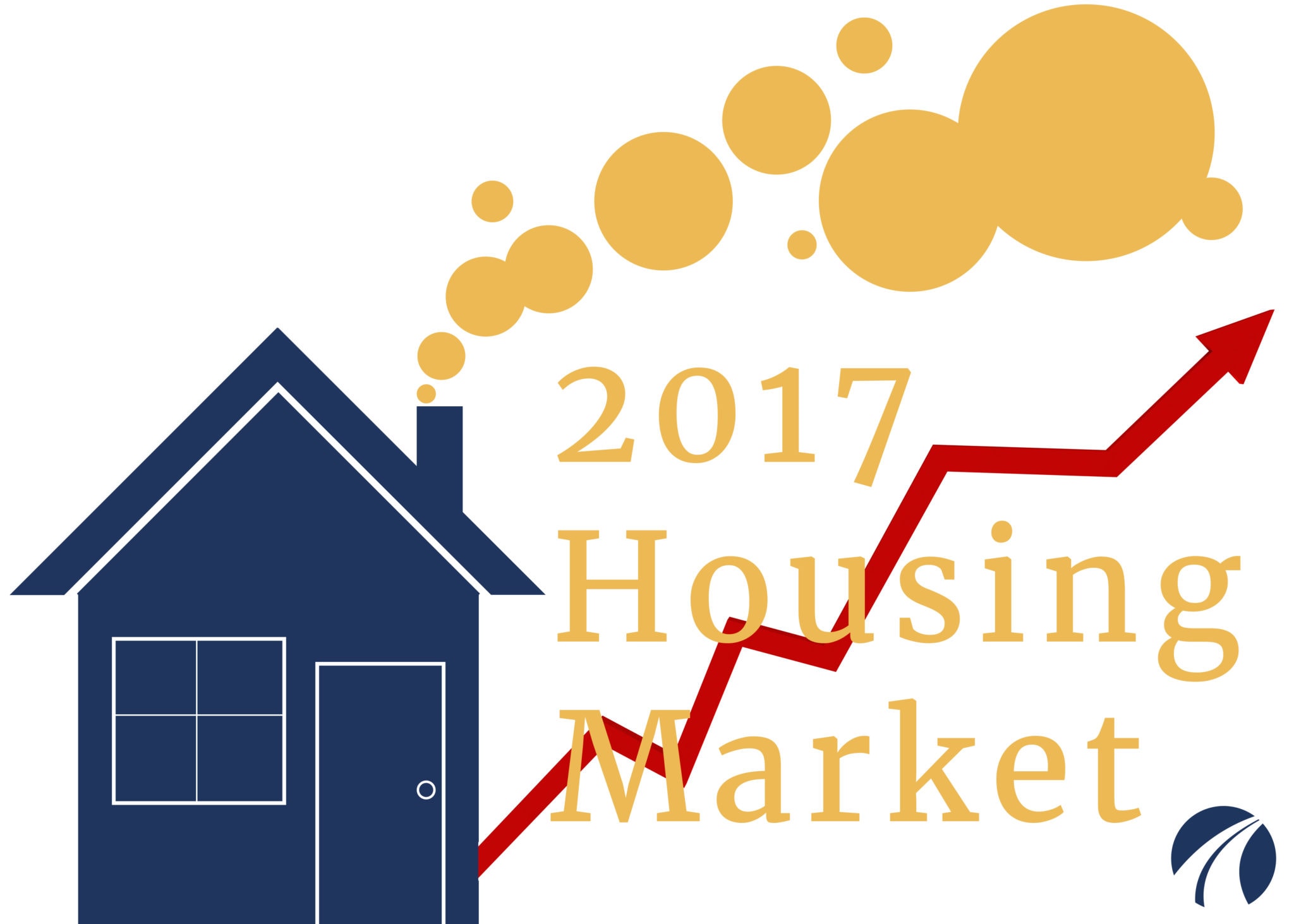2017 Housing Forecast PART I: How the Fed Funds Rate Will Impact Home Buyers
The Fed Funds Rate is expected to increase three times in 2017. In Part I of Union Street Media’s 2017 Housing Forecast, we explain the Fed Funds Rate and examine how these changes could impact the real estate market this year.
Background
In 2008, amidst the worst financial crisis since the Great Depression, the Federal Reserve implemented a zero interest rate policy (ZIRP) in which the fed funds rate would be kept below .25%, indefinitely. The theory behind this unconventional monetary policy is simple – low-interest rates typically incentivize investors to engage in high-risk, high-yield investments like stocks and real estate. At a time when confidence in the U.S. economy was at a historic low, the Fed’s commitment to low rates would, hypothetically, encourage spending and rejuvenate the economy.
The status quo remained until December 2015 when the Fed announced it would raise the fed funds rate to .50%, ending the ZIRP after 7 years. The rate was increased once again in December of 2016 to .75%.
What is the Fed Funds Rate? (And how does it impact the housing market?)
The fed funds rate is the rate at which banks can lend money to each other on an overnight basis. The higher the fed funds rate, the more expensive it is for banks to lend to each other. When a bank has to pay more to access money, it will (typically) increase the rates for its customers.
The perennial goal of the Federal Reserve is to foster maximum employment (unemployment rate of about 5%) and maintain stable prices (inflation rate of about 2%) and the fed funds rate is one of their primary tools for doing so. Simplistically – if inflation is too high, the Fed can raise the fed funds rate to make it more expensive to access loans. When people have less cash flow, businesses cannot charge as much for good and services thus lowering prices and reducing inflation. On the other hand, if unemployment is high, the Fed can lower the fed funds rate to allow companies access to funds to hire more employees, facilitating an influx of money into the economy.
Does the Federal Reserve Control Mortgage Rates?
There is a common misconception that the Federal Reserve controls mortgage rates; it does not.
According to Dan Green of TheMortgageRates.com, “Over the last two decades, the fed funds rate and the average 30-year fixed rate mortgage rate have differed by as much as 5.25%, and by as little as 0.50%.”
Green argues that if the fed funds rate and mortgage rates were actually linked, “the difference between the two rates would be linear or logarithmic – not jagged.”
The Federal Reserve can, however, affect mortgage rates indirectly. Here’s how:
Mortgage Rates are determined by the value of mortgage-backed securities (MBS) sold on Wall Street. If the value of mortgage-backed securities is high, mortgage rates are low. But when inflation is present in the economy, it drives the value of MBS down and mortgage rates rise. This why Wall Street pays close attention to the statements and actions of the Federal Reserve. If the Fed indicates inflationary pressure in the economy, mortgage rates are likely to rise.
Home Buying In 2017
Mortgage Rates
The Federal Reserve has suggested it plans to raise the fed funds rate .75% in three increments over the course of 2017 which indicates the FOMC expects a moderate increase in inflation. If inflation continues to slowly rise, mortgage rates will likely follow suit.
Mortgage rates increased for 10 straight weeks to close out 2016, but dipped slightly in the first week of 2017 from 4.32 to 4.20 for a 30-year fixed rate mortgage. Overall, experts predict mortgage rates to rise slowly throughout 2017. Assuming the 2017 week one dip is an aberration and rates continued to climb as expected in January and February, “buyers will come out of the woodwork earlier in the selling season and try to lock in lower rates while they can,” according to David Charron of The Washington Post.
Jon Faust of Hopkins University, says that if President-elect Donald Trump carries through on his promise to use tax cuts and infrastructure spending to grow the economy, inflation and mortgage rates could increase significantly by the end of 2017.
Home Sales
Strong demand and low inventory contributed to home prices increasing at the fastest rate in a decade in 2016, rising 6.5% on the year. Zillow predicts that while home prices will increase again in 2017, the growth will slow to about 3%.
Charron agreed that price growth could slow this year and added that the projected increase in mortgage rates could also be responsible.
“Because more-expensive mortgages make the overall cost of buying a home increase, we may see price appreciation slow down or, if rates rise considerably, prices could tick downward.”
Overall, the market in 2017 is expected to continue to favor sellers, although less so than in years past. The first half of 2017 could see sales close faster than normal with some buyers wary of increasing mortgage rates.









